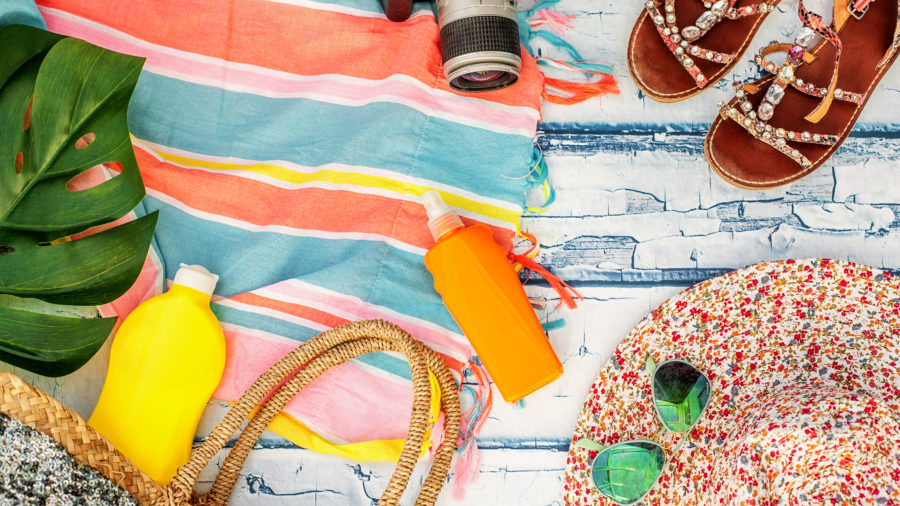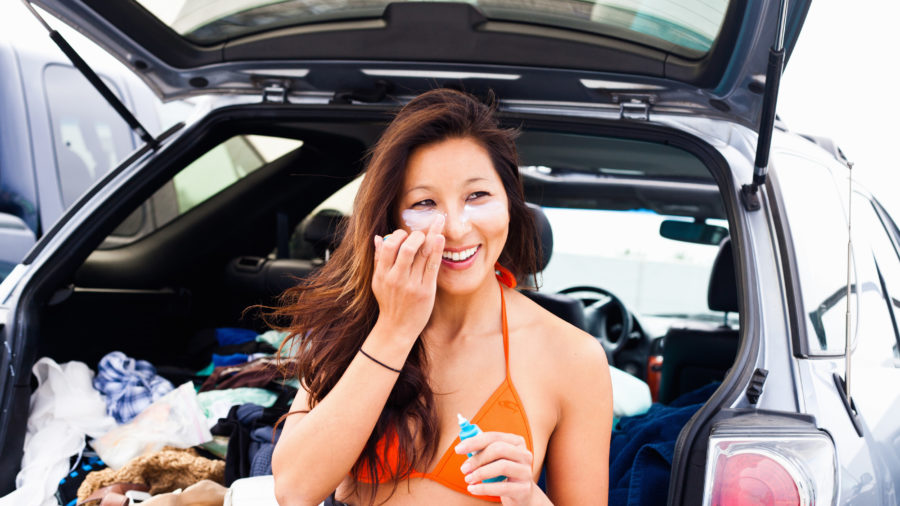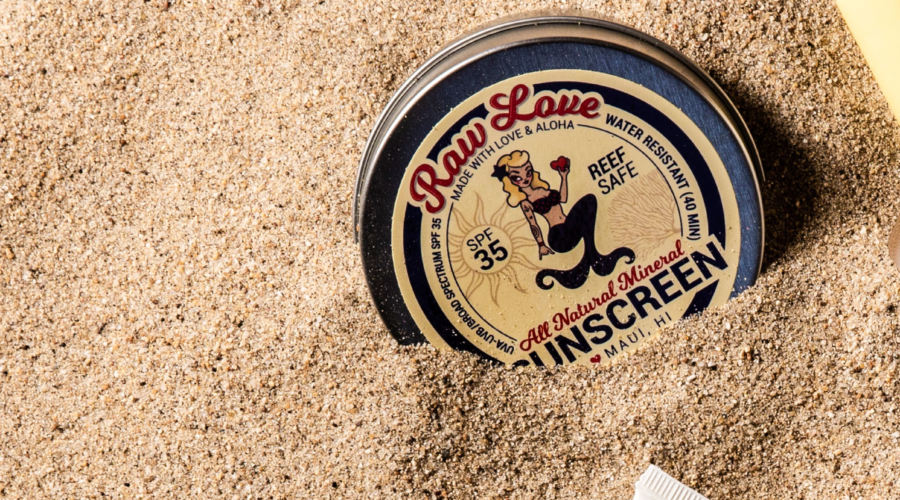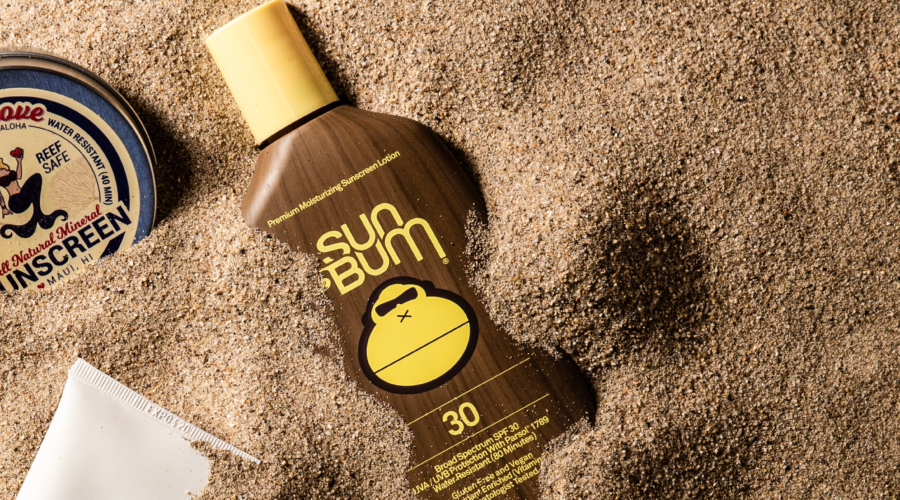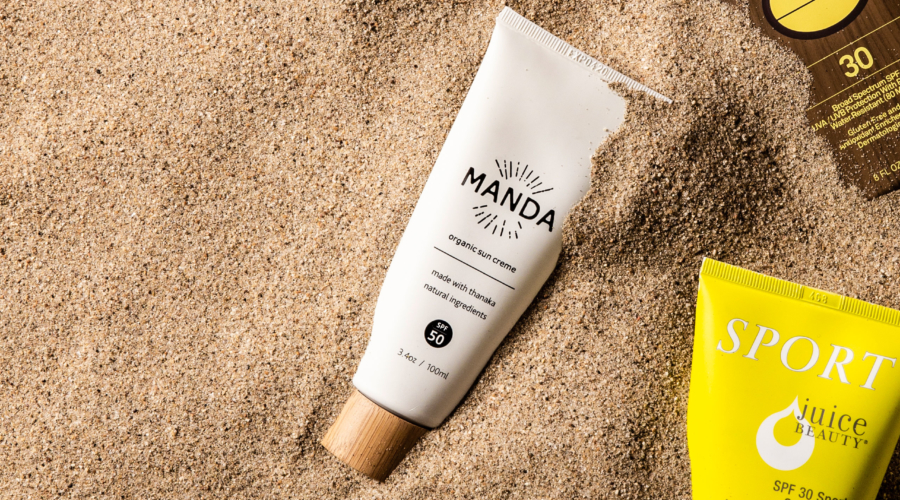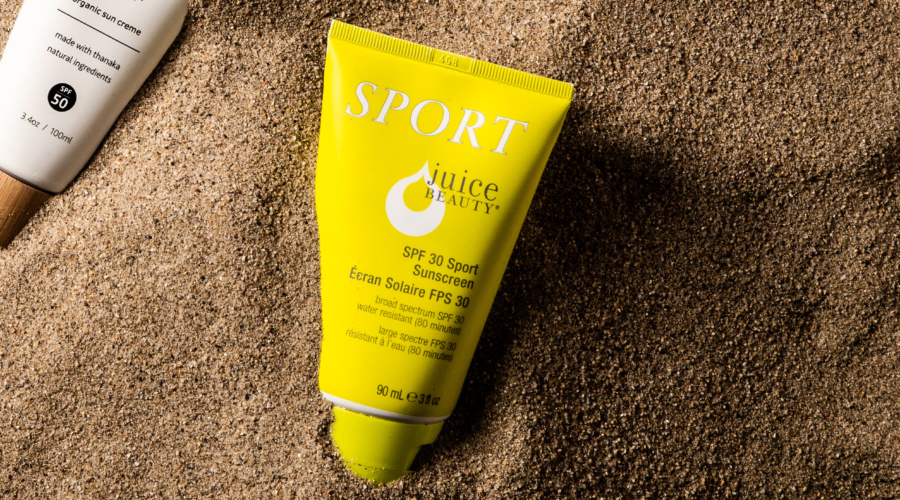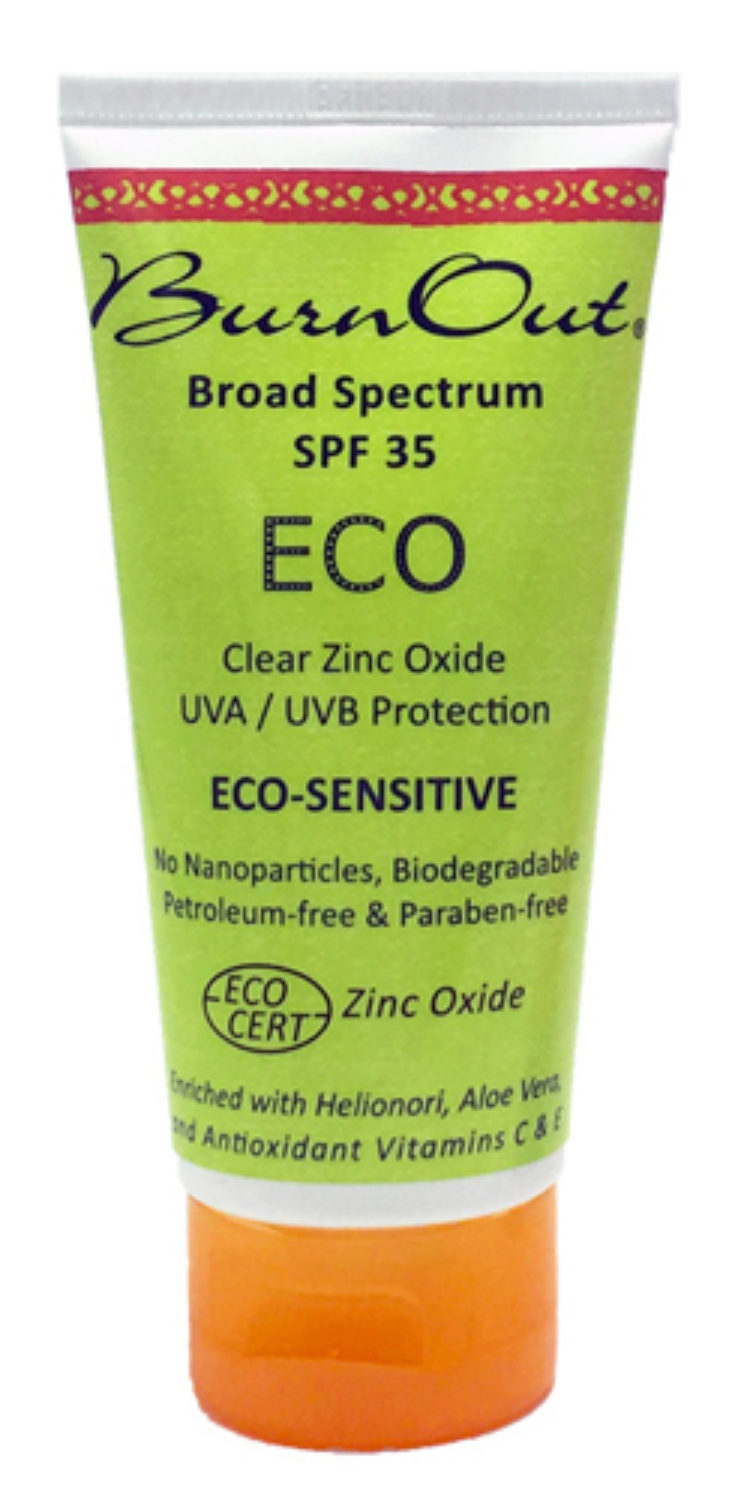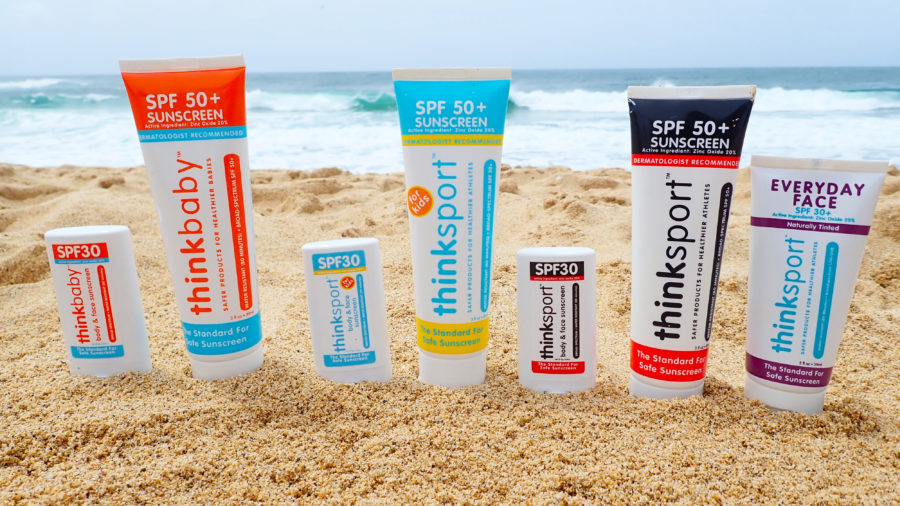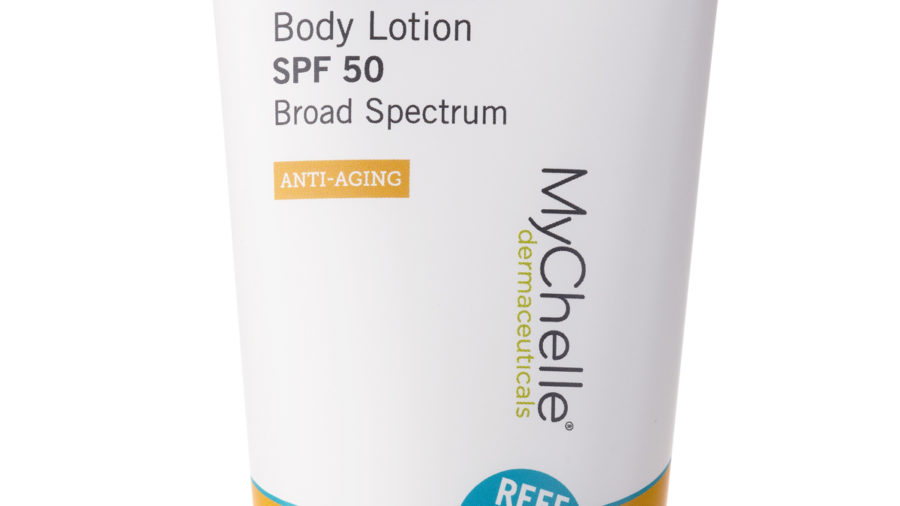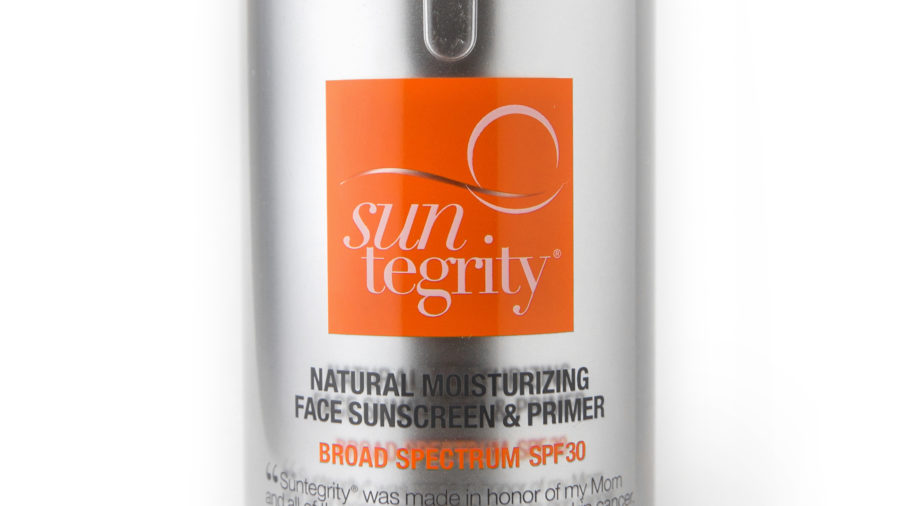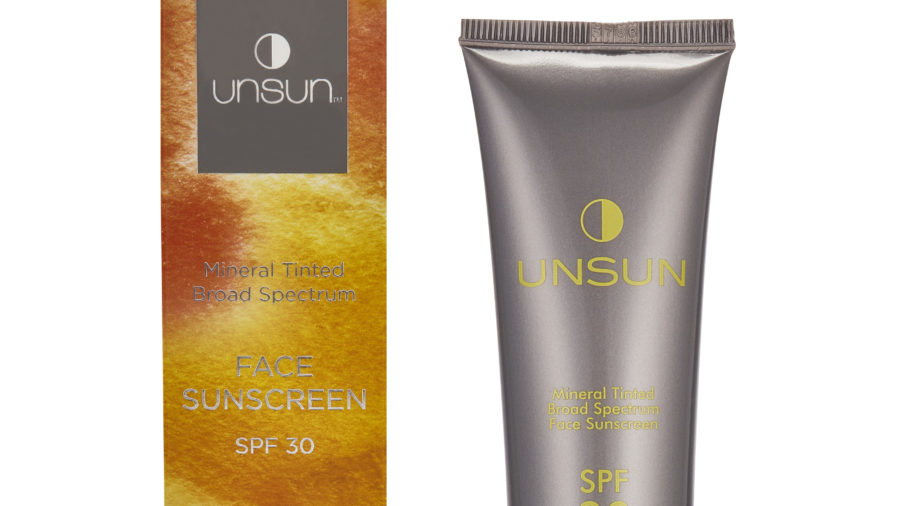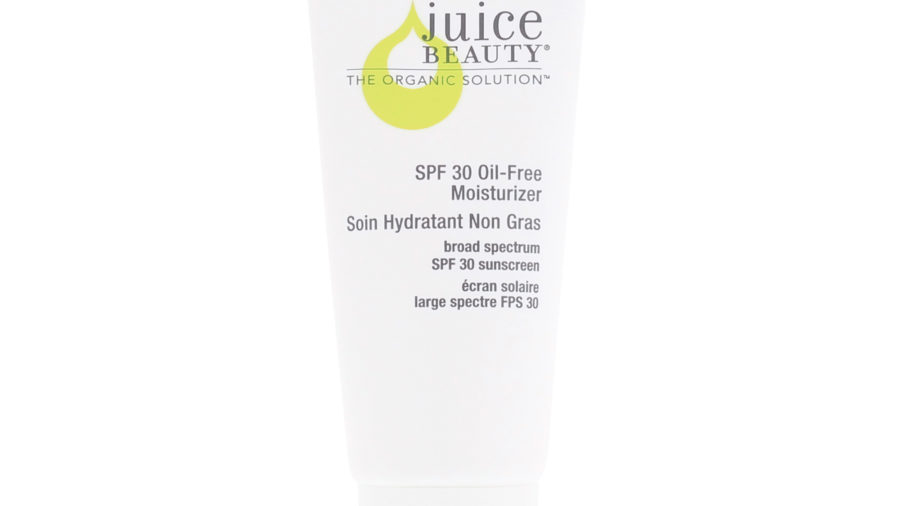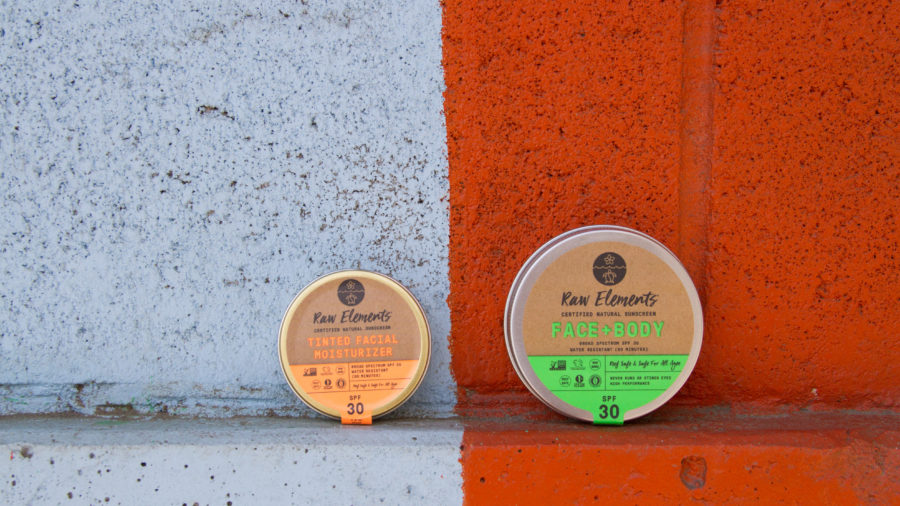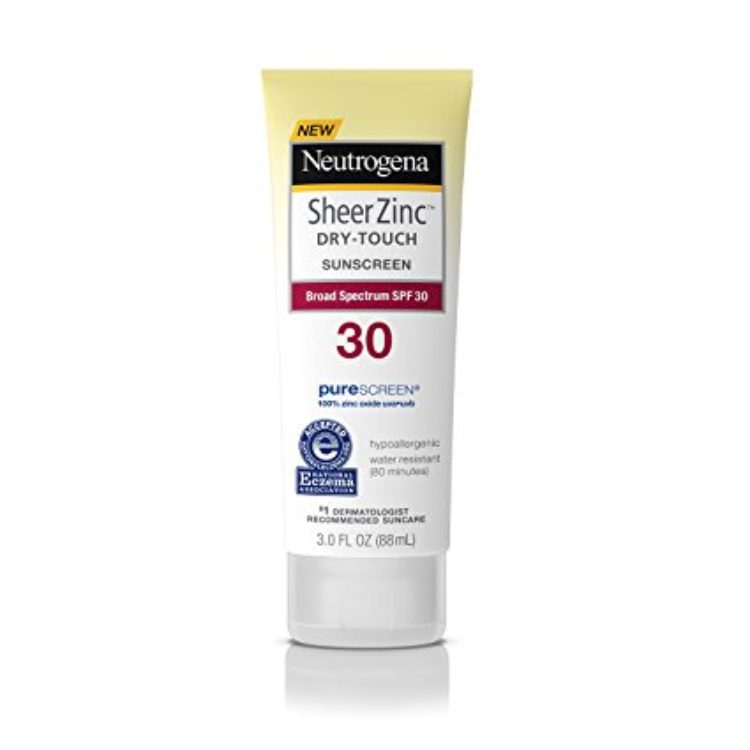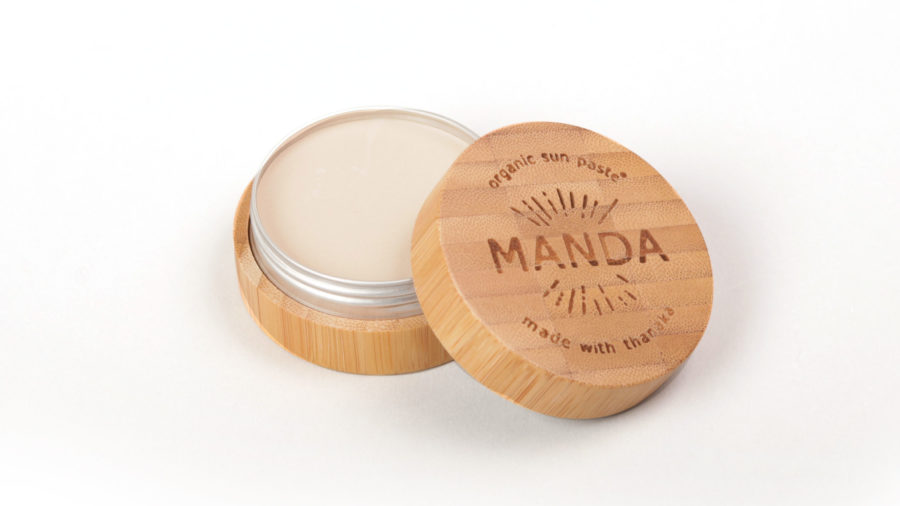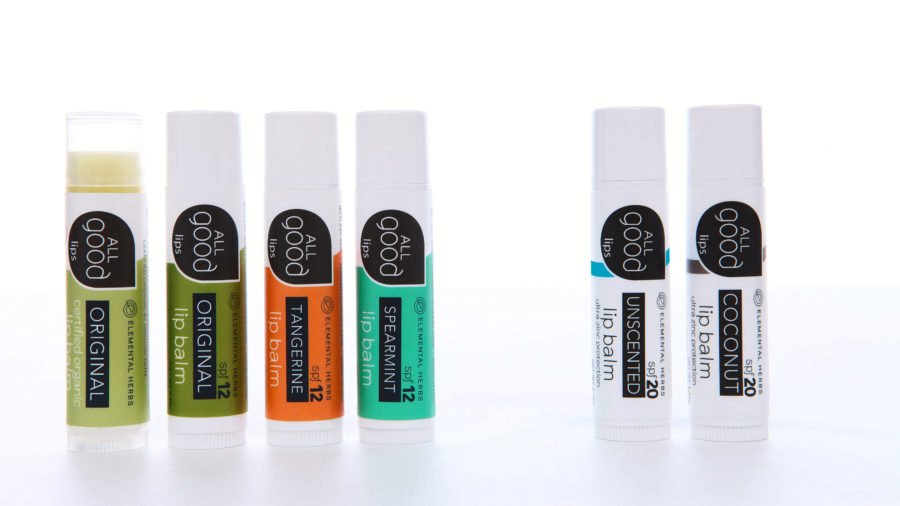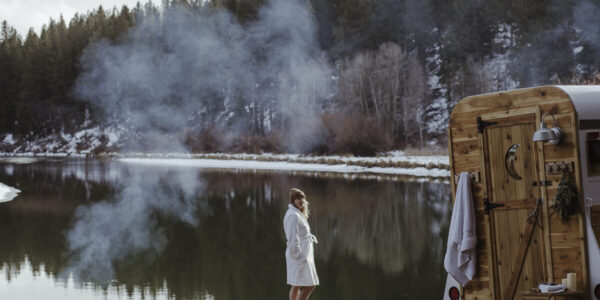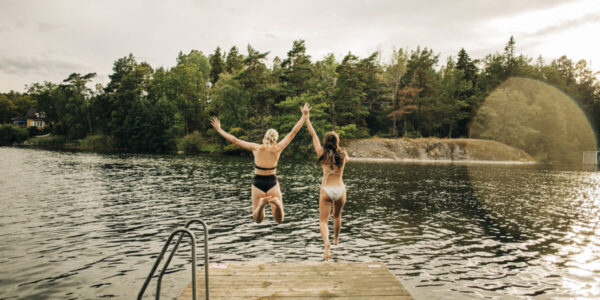Getty Images / Carol Yepes
Why Go Reef-Safe?
The sunscreen in your beach tote may be damaging coral reefs. While changes in ocean temperatures and acidification caused by climate change are deadly threats to coral, common ingredients in sunscreens like oxybenzone, octinoxate, and butylparaben can harm reefs and contribute to coral bleaching.
From Hawaii’s Hanauma Bay Nature Preserve to the Great Barrier Reef, coral reefs around the world are shrinking and dying at alarming rates. More than 90 percent of the Great Barrier Reef has been bleached to some degree, and half of its coral has died since 2016. Scientists are estimating that more than 90 percent of reefs worldwide will be threatened by 2030, and the United Nations has predicted that all World Heritage coral reefs are likely to be dead by 2100 if drastic measures are not taken.
Fourteen-thousand tons of sunscreen are washed into the ocean each year where it poisons the coral and works its way up the food chain into the fish and seafood we eat. Studies by the Haereticus Environmental Laboratory have found oxybenzone in oysters, crayfish, lobster, blue crab, and even fish caught and served in Hawaii according to Craig Downs, the executive director of HEL.
On May 1, Hawaii banned the sale of sunscreens that contain these chemicals. The ban doesn’t go into effect until January of 2021, but places like Hanauma Bay State Park are already encouraging visitors to use reef-safe sunscreen.
While it’s most important when you are swimming and lounging at the beach, the sunscreen you slather on at the pool or before a hike can make its way into the ocean too. The chemicals in sunscreen wash off in the shower or pool and make their way through the water treatment system and into local waterways and the ocean.
“Sewage is the biggest source of this personal care pollution everywhere,” said Downs. “I don’t just mean Hawaii, but California, Lake Tahoe, Lake Erie, Ohio – all over the world.”
Getty Images / Jordan Lutes
Our Picks for Reef-Safe Sunscreens
While avoiding excessive sun exposure and protecting your skin with clothing and a hat is best, reef-safe sunscreen can also help prevent skin damage from harmful UV rays without damaging coral and other ocean life.
What to look for:
- No nanoparticles
- Free from chemicals like oxybenzone, butylparaben, octinoxate, octocrylene, and PABA
- Non-nano zinc oxide or non-nano titanium dioxide for UVA/UVB (broad spectrum) coverage
- Lotion or balm, not spray. Sprays disperse the sunscreen into the air and environment, are difficult to apply with adequate coverage, and release air pollutants when sprayed.
Protect yourself from harmful UV rays with these reef-safe, paraben-free, mineral sunscreen alternatives.
Courtesy of BurnOut
All-Day Activity
- BurnOut Eco Sensitive Sunscreen SPF 35, $18 for 3oz
From the beach to the trails, this sunscreen rubs in easily and feels light on the skin. It’s also easy to re-apply without feeling like you are caked in it so you can stay safe all day.
Courtesy of Thinksport
Family-Friendly
- Thinksport Kids Safe Sunscreen SPF 50+, $13 for 3oz
Formulated to withstand 80 minutes of sweating or swimming, this kid-safe lotion rubs in fast and quickly turns clear. Founder Kevin Brodwick and his team of physicians and scientists only use ingredients that have been proven to be safe so you can slather Thinksport on the whole family without worry.
Courtesy of MyChelle
Nourishing and Hydrating
Summer can be brutal on the skin. Coconut oil and shea butter hydrate and help prevent moisture loss. This zinc oxide sunscreen rubs in like lotion and doesn’t leave you with white streaks or a white tint to your skin so you can comfortably wear it daily.
Courtesy of Suntegrity
Moisturizing Primer
Add SPF to your makeup routine with this natural moisturizing primer. In addition to protecting against both UVA and UVB rays, it also has hyaluronic acid, organic aloe vera, and green tea to soothe and calm the skin for a smooth, non-greasy finish.
Courtesy of UnSun
For Darker Skin Tones
- UnSun Tinted Mineral Sunscreen SPF 30, $29 for 1.7 fl oz
Say goodbye to the ashy, white hue that many mineral sunscreens leave behind. While UnSun works like a dream on darker skin tones, its warm undertone blends into fair and olive skin too. Founded by Katonya Breaux, her latest endeavor is almost as good as her first creation, her son, Frank Ocean.
Courtesy of Juice Beauty
Oil-Free Coverage
- Juice Beauty SPF 30 Oil-Free Moisturizer, $30 for 2 fl oz
It’s rare to find an oil-free mineral sunscreen. This version from Juice Beauty locks in moisture and provides broad spectrum coverage without clogging pores.
Courtesy of Raw Elements
Plastic-Free Surf Screen
- Raw Elements Face + Body SPF 30+, $19 for 3 oz tin
There’s a reason surfers and lifeguards have long rocked the white nose – thick zinc shields skin from repeated sun and water exposure. This all-natural performance sunscreen is extremely water-resistant and won’t run or sting your eyes so you can keep catching waves. While it shines in water, this face and body block is ready to go anywhere. Pair with the tinted facial moisturizer for all day coverage.
Courtesy of Amazon
Drugstore Score
While this sunscreen may not biodegrade as easily as many of the others on this list, it’s free from the most damaging chemicals and can be easier to find in a pinch. The water-resistant, oil-free formula has a matte finish that won’t clog pores.
Courtesy of Manda Naturals
Outdoor Lover’s BFF
- Manda Organic Sun Paste SPF 50, $28 for 1.41 oz
This organic sun paste is made with non-nano zinc and organic ingredients you could eat like coconut oil, cacao powder, and cinnamon oil. Manda also adds thanaka, an antioxidant-rich powder made from the bark of thanaka trees in Myanmar that has been used for centuries as a natural sunblock. The small tin provides exceptional coverage so you can surf, hike, or climb until the sun sets.
Courtesy of All Good
Lip Love
- All Good Lips SPF 20, $3.50
Don’t forget about your lips! Keep them hydrated and sun-safe with All Good’s balm.
